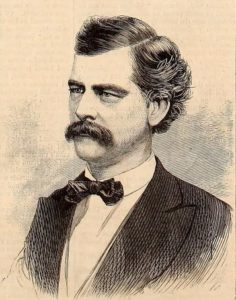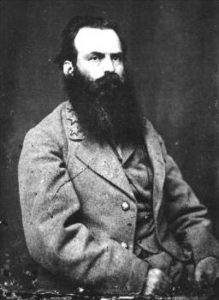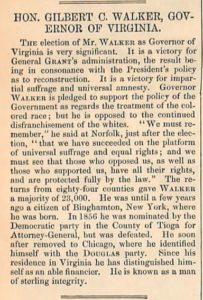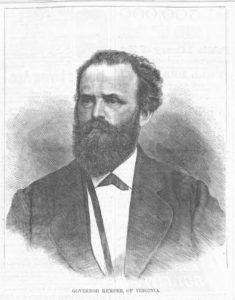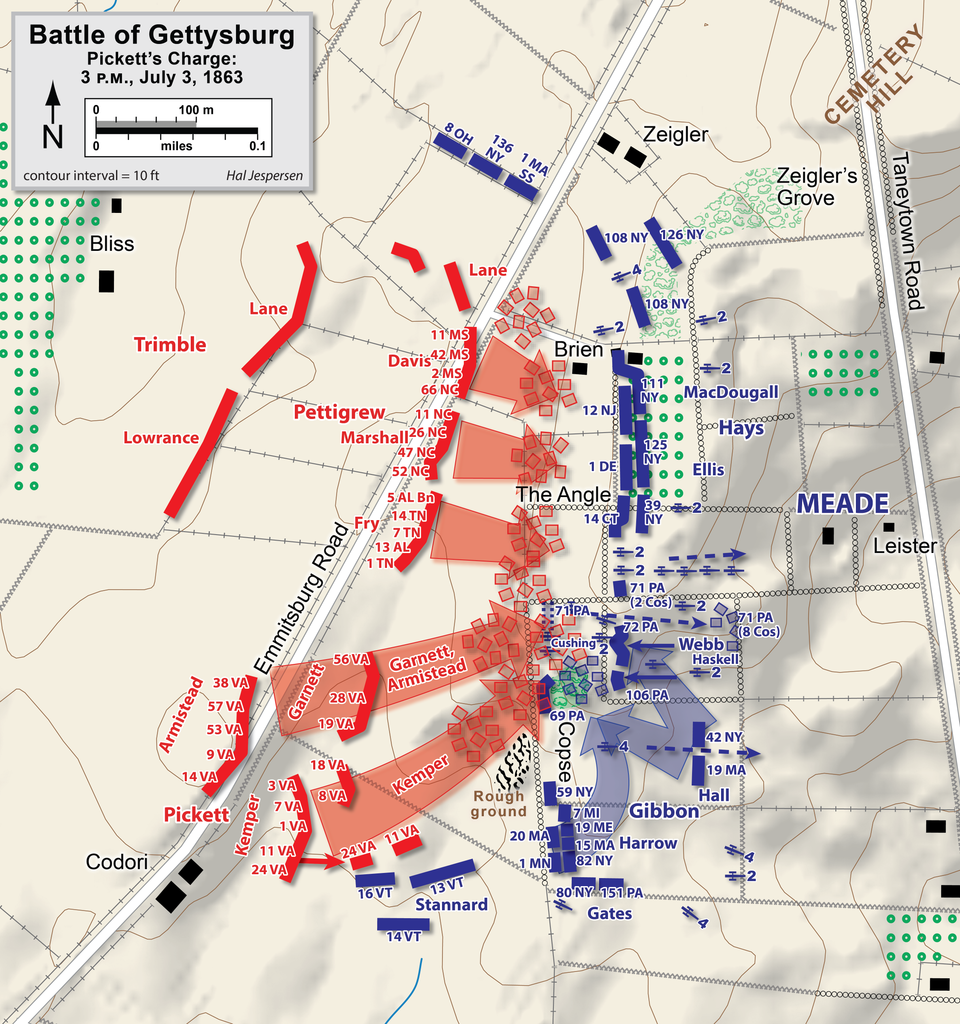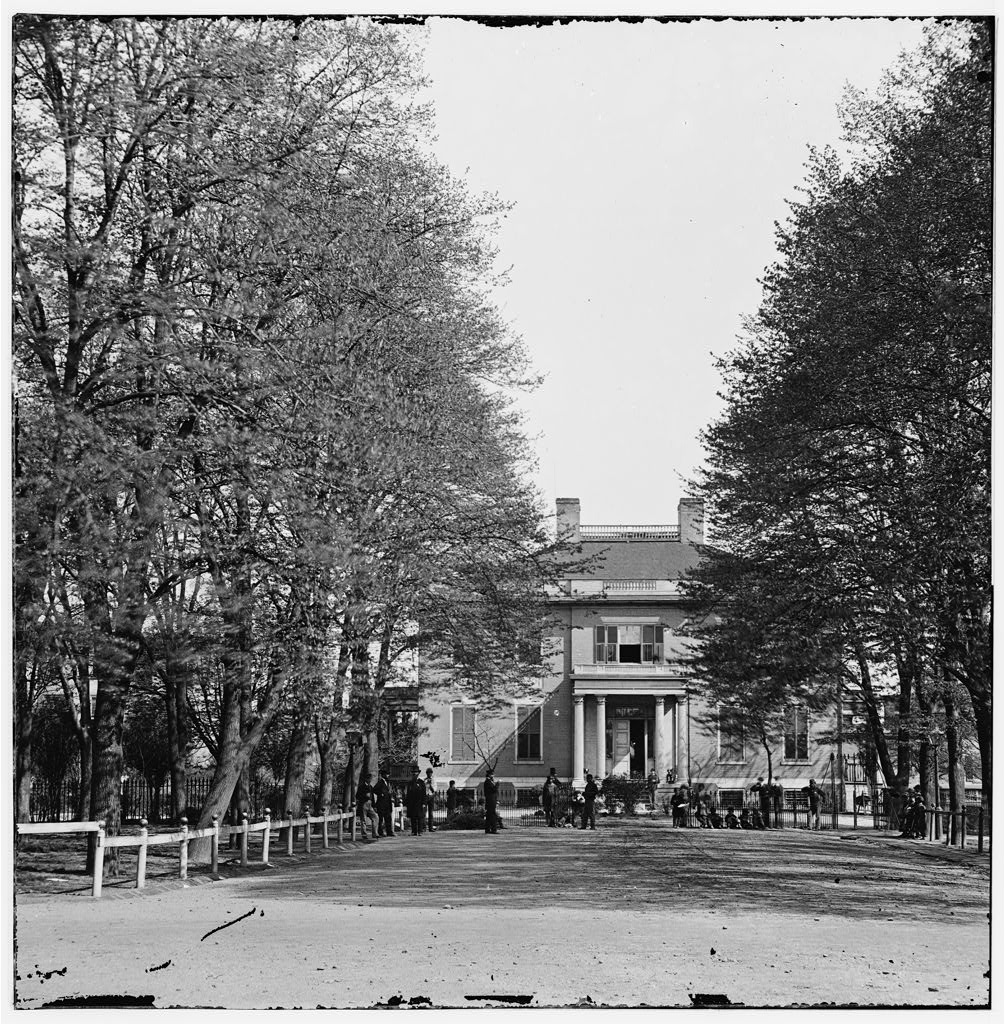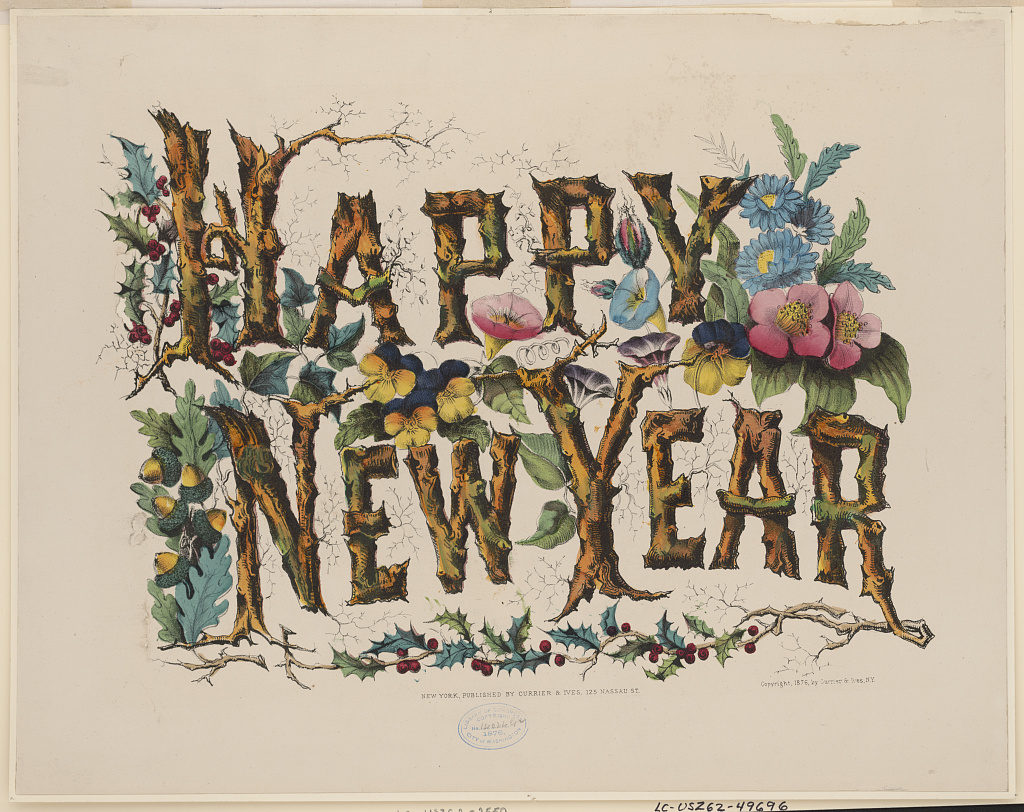It was a new year with a new governor for Virginia. 150 years ago a Richmond newspaper looked back with appreciation on the exiting governor – even though he was a northerner – and looked forward to the incoming governor – a native son. From the January 1, 1874 issue of the Daily Dispatch (image 4):
THE GOVERNORS.
The Constitution of Virginia fixes to-day for the commencement of the term of service of the Governor-elect, General KEMPER, and should the process of counting the vote for Governor not occasion unexpected delay the change of executive officers will accordingly take place this day.
In the retirement of Governor WALKER we are sure he carries with him the good wishes of the people of Virginia. He has made them an excellent Governor under circumstances which doubly increases their grateful sense of his services. He came to the office a stranger from a distant State, but very partially acquainted with us, our wants and dispositions. He was elected at a time when it was questionable, from the state of things, whether we could elect one of our own well-known statesmen. Liberal in his views and opposed to further oppressions of the South, after solicitation became the Conservative candidate for Governor, and was elected by a very large majority. The friends who knew him pledged themselves for him that he would faithfully administer the office of Governor, and his frankness and honorable bearing readily won the public confidence. He has fulfilled all the promises of both himself and friends, and faithfully and courageously held the helm of the ship of State in her passage through perilous waters.
It has been the lot of few men to hold important offices under such circumstances. His reflections upon the conclusion of his term must be of themselves a happy reward for his devotion and fidelity to the people of Virginia. But the added satisfaction of the assured good-will and gratitude of those people unquestionably makes the occasion one more than ordinarily felicitious. As no Governor in this country ever retired from his office under just such peculiar circumstances, we imagine none before have felt such satisfaction as is the reward this day of Governor WALKER. The good wishes of us all are tendered him for happiness and success in life.
The chair thus vacated by the generous native of another State will be occupied at once by JAMES L. KEMPER, who is elevated to the office of Governor by the largest popular majority ever given to a candidate for the position. A son of Virginia, who has been tried as a statesman and a hero, and who has proved his capacity and fidelity in every field and under every trial, he enters upon the duties of the chief executive office of Virginia with the unqualified confidence and affection of the people.
Governor KEMPER will discharge his duties with good judgment and integrity. He will bear himself with dignity and exercise his authority with impartiality and justice. Above all, he will exert his official sway with that calm consistency and resolution that will tend to allay causes of irritation, and as far as possible facilitate the subsidence of the unamiable sentiments and feelings which have for so many years so sadly vexed our country.
The State welcomes Governor KEMPER to his post, and bids him good speed in his administration.
A northern paper published a brief biography of the new governor. From the January 17, 1874 issue of Harper’s Weekly:
GENERAL JAMES L. KEMPER.
GENERAL KEMPER, who took the oath of office as Governor of Virginia on the 1st inst., is a native of Madison County, which is in that section of the State known as Piedmont Virginia. He is in his fiftieth year, having been born in the month of January, 1824. He received his education at Washington College and the Virginia Military Institute (both located at Lexington), taking the degree of M.A. at the former institution, now known as the Washington-Lee University.
After he attained his majority he entered the law office of Judge GEORGE W. SUMMERS, in Charleston, Kanawha County, and while worrying over COKE and BLACKSTONE, was commissioned a Captain in the volunteer army by President JAMES K. POLK in 1847, and joined General Taylor’s army just after the victory and capture of Buena Vista, too late to see active service.
Upon his return to Virginia, and while engaged in the practice of his profession, Captain KEMPER was elected to the Legislature as a Delegate from his native county, and was elected successively from 1852 to 1862. For a number of years he served as chairman of the Committee on Military Affairs; he was also president of the Board of Visitors of the Virginia Military Institute, and Speaker of the House of Delegates in 1861, which position he resigned to enter the Confederate army, as Colonel of the Seventh Virginia Infantry, May 2, 1861. He participated in many engagements, and was early promoted to the command of a brigade. He was severely wounded at the battle of Gettysburg, where he was taken prisoner, and held as such for three months, when he was finally exchanged.
After his exchange and return to Virginia he was for a long time unfit for any duty, but was assigned to command the local defense troops in and around Richmond, and commissioned a Major-General June, 1864, which position, he held until the evacuation of Richmond, April 3, 1865. Since the close of the war General KEMPER has been engaged in the practice of his profession in his native county, Madison. In the last Presidential contest he was a GREELEY and BROWN elector for the State at large.
You can read a full account of Kemper’s brigade during the July 3rd attack at National Park Service History. (This is not a National Park Service site).
According to The Horse Soldier, Kemper’s:
“brigade was one of the main assault units in Pickett’s Charge, advancing on the right flank of Pickett’s line. After crossing the Emmitsburg Road, the brigade was hit by flanking fire from two Vermont regiments, driving it to the left and disrupting the cohesion of the assault. In spite of the danger, Kemper rose up in his stirrups to urge his men forwards, shouting “There are the guns, boys, go for them!” He was wounded by a bullet in the abdomen and thigh before being captured by Union troops. However, he was rescued shortly thereafter by Sgt. Leigh Blanton of the First Virginia Infantry Regiment and carried back to the Confederate lines.
“During the Confederate Army’s retreat from Gettysburg, Kemper was again captured by Union forces. He was exchanged (for Charles K. Graham) on September 19, 1863. For the rest of the war he was too ill to serve in combat, and commanded the Reserve Forces of Virginia. He was promoted to major general on September 19, 1864.”
The Historical Marker Database shows the Kemper’s Brigade marker at Gettyburg.
The South’s Defender mentions General Kemper a few times, including the Daily Dispatch’s publication of General Beauregard’s report on First Bull Run – Beauregard was grateful that Colonel Kemper did an excellent taking over quartermaster duties. Also, there is another Daily Dispatch report about Gettysburg’s aftermath:
P. S.–The numerous friends of Gen. Kemper will be gratified to learn that his family, who reside in this place [Madison Court House], are in receipt of very recent information from the North stating that he had passed the crisis of his case, and is in a fair way of recovery. His lower extremities were paralyzed from the effect of his wound — received in the groin — but no doubt is entertained by the surgeon that he will recover the use of his limbs.

